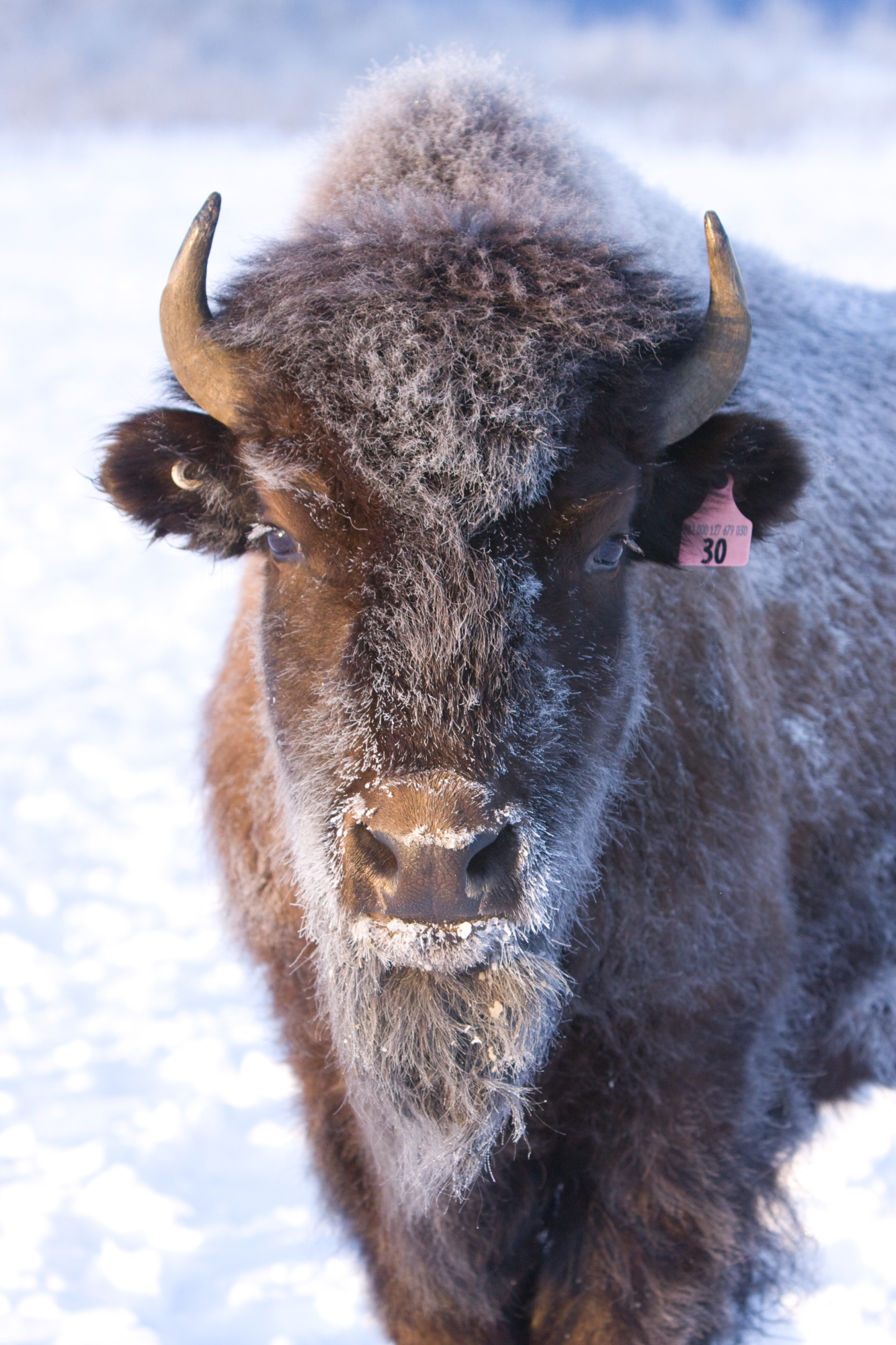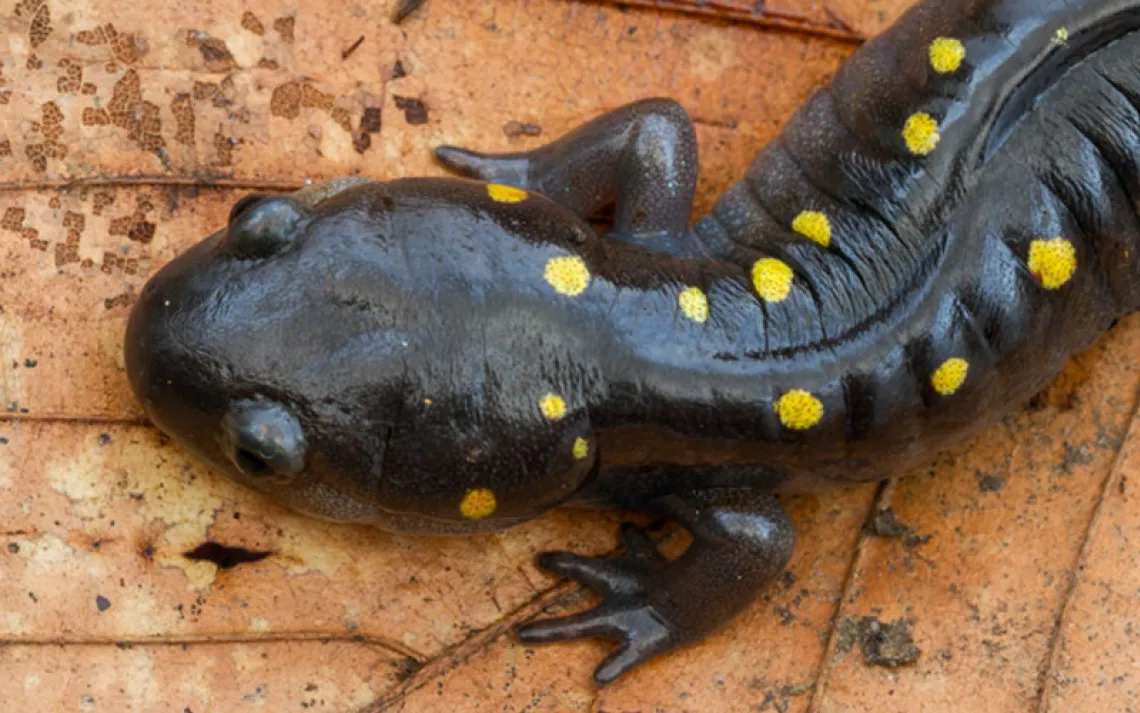Wood Bison Return to the Alaskan Wilderness
Locally extinct for more than a century, North America's biggest land animals are back in Alaska

Photo courtesy of Doug Lindstrand
Conservationists and wildlife biologists are celebrating the reintroduction of North America’s largest land animal to its native habitat. The wood bison is returning to the Alaskan wilderness after more than 100 years. Last week, the Alaska Wildlife Conservation Center (AWCC) shipped 100 of the animals to rural Shageluk in southwestern Alaska. As of now, the massive mammals are being held in temporary pens several acres wide. Once acclimated, the herd will be released into the lower Innoko River flats, where they grazed freely decades ago.
“It’s very exciting,” says Rita St. Louis, a wildlife planner at the Alaska Department of Fish and Game. “This may be the most major megafaunal reintroduction we’ll ever have in North America.”
Endemic to Alaska and Canada, Bison bison athabascae disappeared from Alaska in the early 1900s thanks to overhunting and habitat loss. Scientists thought they were globally extinct until 1957, when a herd of approximately 200 was discovered in Alberta, Canada. Years of Canadian conservation efforts resulted in the recovery of the species. Of this restored population, 13 individuals were brought to Alaska in 2003, followed by another 53 in 2008. The recovery plan has been in the making for almost 24 years.
 Photo courtesy of Doug Lindstrand
Photo courtesy of Doug Lindstrand
“These bison definitely belong here,” St. Louis says. “As natural grazers and recyclers of important nutrients, they fill a niche that other native animals can’t.”
Rangers and biologists will closely monitor the mighty ungulates after their release into the wild, set to happen within the next few weeks. Recovery management may include regulatory hunting if the population approaches 400. “Once the population is well-established,” St. Louis explains, “the bison can be used as a source of red meat for the locals.”
The successful transfer will serve as a model for future large-species reintroductions. St. Louis was pleased with how the transportation process turned out: “Flying 100 wild animals [including 25 pregnant females] over 300 miles is a mega-task, and we’re happy to report the safe landing of each animal.” This is even more impressive when you consider that adult wood bison can weigh upwards of 2,000 pounds, 20 percent larger than their plains bison relatives.
Wildlife officials aren’t the only ones who are thrilled about the project. Last Wednesday, locals from the Alaskan villages of Grayling, Anvik, and Holy Cross rode into Shageluk on snow machines for a formal dinner, celebrating the return of the beloved beasts.
Follow Sierra on Facebook, Twitter, Pinterest, Instagram, and YouTube.
 The Magazine of The Sierra Club
The Magazine of The Sierra Club



